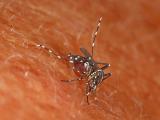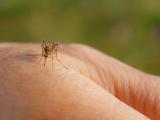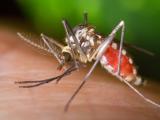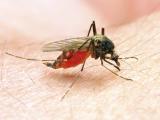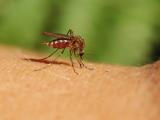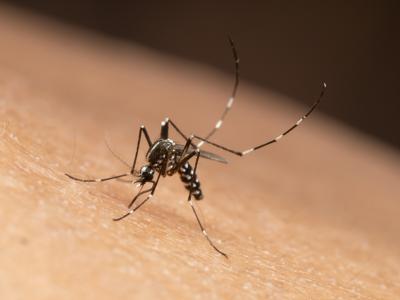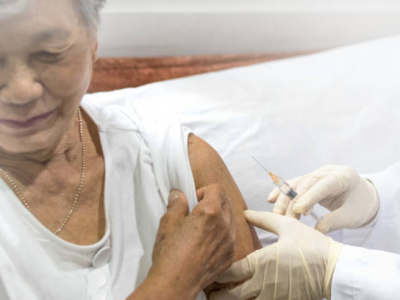Jun 24, 2005 (CIDRAP News) The range of animal species that can contribute to the spread of West Nile virus (WNV) may be much broader than experts have believed, according to a study published recently in the Proceedings of the National Academy of Sciences.
An experiment showed that mosquitoes can pick up WNV just by feeding on an uninfected mouse at the same time infected mosquitoes feed on it, according to the report by Stephen T. Higgs, an associate professor in the pathology department at the University of Texas Medical Branch, Galveston, and colleagues.
The current understanding is that mosquitoes contract WNV when they bite infected birds, which carry the virus in their blood. Infected mosquitoes then pass the virus to humans by biting them. Animals that are not susceptible to WNV are believed to be "dead-end hosts" that cannot pass the virus to uninfected mosquitoes.
But the new study indicates that mosquitoes can pick up the virus from carrier mosquitoes by feeding on the same host animal at the same time, even if the animal doesn't have the virus in its bloodstream. The researchers call this "nonviremic transmission" (NVT).
"The population of vertebrates that may contribute to the WNV transmission cycle is probably much greater than was previously believed," the article says. The authors say this may help explain why the virus spread across North America so quickly. The virus first emerged in New York City in 1999 and has spread to most US states and Canada since then.
The investigators allowed infected mosquitoes in a container sealed with nylon mesh to feed on an anesthetized, uninfected mouse by placing the mouse over the container. After the uninfected mosquitoes had fed for 5 minutes, a sealed carton containing uninfected mosquitoes was placed next to the first carton, and the mouse was positioned to lie over both cartons. Both infected and uninfected mosquitoes were then allowed to feed on the mouse for an hour, after which the mouse was euthanized and its blood serum was analyzed. The experiment was done five times.
In all five trials, some initially uninfected mosquitoes became infected, even though the 1-hour feeding time was too short for the mouse to become viremic, the authors report. Of 470 "recipient" mosquitoes that were tested for WNV, 18 became infected, for an average infection rate of 3.8%. In one trial, a 2.3% infection rate was found among 87 previously uninfected mosquitoes that had fed next to one infected mosquito.
The report says most mammals are regarded as dead-end hosts for WNV because they either are not susceptible or because they become infected at too low a level to pass the virus on to biting insects. But the new findings suggests that mammals can play a role in transmission even if they aren't susceptible to the virus or have immunity through vaccination.
"If this is happening in the field, it has two consequences," Higgs told CIDRAP News. "Transmission time is accelerated because you don't depend on animals becoming viremic. And if you don't need viremic animals to be involved, it means that any animal could transmit the virus."
The article states, "We believe that NVT is a plausible component of the WNV transmission cycle that may have contributed to its rapid spread in North America." In particular, the results suggest that horses that are immune to WNV because of vaccination may be playing a role in transmission.
However, at this point the findings don't necessarily imply a need for changes in WNV control measures, nor do they suggest an increased risk of human cases, Higgs said.
"In terms of control measures and things, we can't say that anything needs to be different. People are still going to have to do the same things," he said. Also, "Just because we've seen this, it doesn't influence transmission in terms of numbersit's not going to have an effect on the number of West Nile cases."
Higgs said he doesn't yet understand how nonviremic transmission occurs. "That's a darn good question," he said, adding that he plans several more experiments to try to find the answer.
Higgs S, Schneider BS, Vanlandingham Dana L, et al. Nonviremic transmission of west Nile virus. Proc Natl Acad Sci 2005 Jun 21;102(25):8871-4 [Full text]
